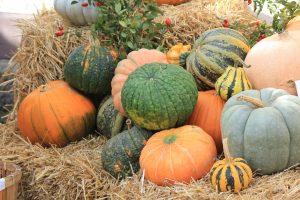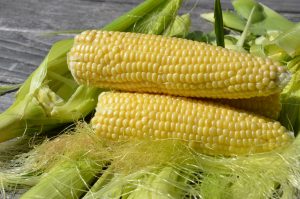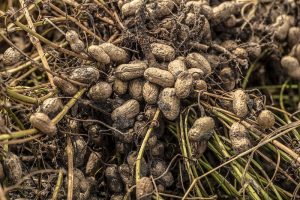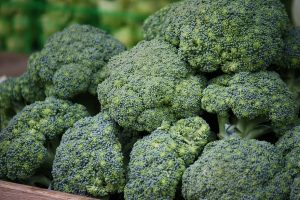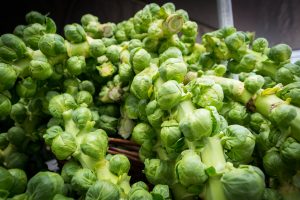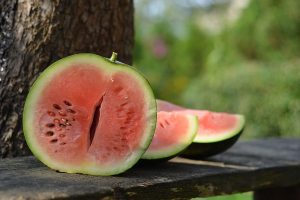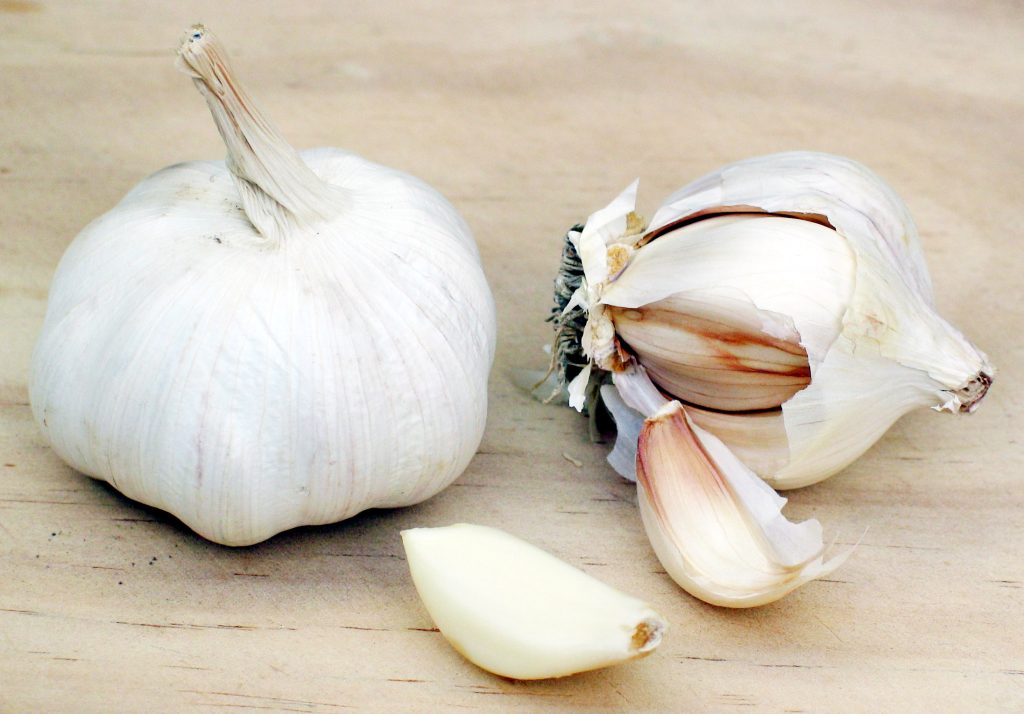
Garlic is a versatile and flavorful addition to any meal, making it a popular choice for home gardeners. Whether you’re a seasoned gardener or just starting out, growing garlic can be an easy and rewarding experience. In this guide, we’ll cover everything you need to know to successfully grow garlic in a step-by-step format. From choosing the right garlic variety to caring for your plants, we’ve got you covered. So let’s get started!
Understanding Garlic Varieties
Garlic is a popular ingredient in many cuisines around the world. It adds flavor and depth to dishes and has numerous health benefits. Before you start growing garlic, it’s important to understand the different types of garlic available. There are three main varieties to choose from, and each has its own unique characteristics and growing requirements.
Hardneck Garlic
Hardneck garlic, also known as top-set garlic, is a popular variety among garlic enthusiasts. It is known for its distinctive curly stalk, called a scape, and its bold flavor. Hardneck garlic grows best in colder climates and requires a winter chilling period to form bulbs. This variety produces larger cloves than softneck varieties, making it easier to peel and use in the kitchen. Hardneck garlic also has a shorter shelf life than softneck garlic and is not as easy to braid.
If you’re looking for a garlic variety that packs a punch, hardneck garlic is a great choice. It’s perfect for adding flavor to dishes like stews, soups, and roasted meats. Hardneck garlic also has a beautiful appearance, with its curly scapes making a great addition to flower arrangements.
Softneck Garlic
Softneck garlic is the most commonly grown variety and is often found in grocery stores. It is milder in flavor than hardneck garlic and has a longer shelf life. Softneck garlic is also the easiest to braid and store, making it a popular choice among home gardeners. This variety grows best in warmer climates and does not require a winter chill to form bulbs.
If you’re new to growing garlic, softneck garlic is a great variety to start with. It’s easy to grow and produces a large number of cloves per bulb. Softneck garlic is perfect for adding flavor to dishes like pasta, pizza, and stir-fries. It’s also a great addition to homemade garlic bread.
Elephant Garlic
Despite its name, elephant garlic is not a true garlic but a type of leek. It produces large, mild-flavored cloves that are similar in size to those of softneck garlic. Elephant garlic grows best in cooler climates and can take up to two years to mature. This variety is perfect for gardeners who want to try something different.
Elephant garlic is milder in flavor than other garlic varieties, making it a great choice for those who don’t like the strong taste of traditional garlic. It’s perfect for adding flavor to dishes like salads, dips, and spreads. Elephant garlic also has a unique appearance, with its large cloves making a great addition to vegetable platters.
In conclusion, each garlic variety has its own unique characteristics and growing requirements. Whether you choose hardneck, softneck, or elephant garlic, you’re sure to enjoy the flavor and health benefits that garlic has to offer.
Preparing the Soil for Garlic Planting
Before planting garlic, it’s important to prepare the soil properly. Garlic is a hardy and easy-to-grow crop that prefers loose, well-drained soil that is rich in organic matter. Here are some steps you can take to prepare your soil for planting:
Soil Testing
A soil test is an essential step in preparing your soil for planting garlic. It can help you determine the pH level and nutrient content of your soil. Garlic prefers a pH between 6.0 and 7.0, which is slightly acidic to neutral. If your soil is too acidic, you may need to add lime to raise the pH. On the other hand, if your soil is too alkaline, you can add sulfur to lower the pH. A soil test can also tell you if your soil is deficient in nutrients, such as nitrogen, phosphorus, or potassium. You can add compost or other organic matter to improve your soil’s fertility and nutrient content.
Soil Amendments
If your soil is heavy clay, you may need to add sand or perlite to improve its drainage. Conversely, if your soil is too sandy, you can add compost or other organic matter to improve its water-holding capacity. It’s also a good idea to add a balanced fertilizer to your soil before planting garlic. A balanced fertilizer contains equal amounts of nitrogen, phosphorus, and potassium, which are essential nutrients for plant growth. You can also add bone meal, blood meal, or fish emulsion to your soil to provide additional nutrients.
Proper Drainage
Garlic does not like wet feet, so it’s important to ensure that your soil has good drainage. One way to improve drainage is to plant garlic in raised beds. Raised beds are mounds of soil that are several inches above the ground. They provide better drainage and aeration for your plants. You can also add organic matter, such as compost or straw, to your soil to improve its structure and drainage. Organic matter helps to create pore spaces in your soil, which allow air and water to move freely through the soil. This helps to prevent waterlogging and soil compaction.
Companion Planting
Companion planting is the practice of planting different crops together to benefit each other. Garlic is a great companion plant for many vegetables, herbs, and flowers. It repels pests and diseases, and improves the flavor and growth of its neighbors. Some good companion plants for garlic include tomatoes, peppers, onions, lettuce, spinach, and marigolds. Avoid planting garlic near beans, peas, or other legumes, as they can inhibit its growth.
Crop Rotation
Crop rotation is the practice of planting different crops in different areas of your garden each year. It helps to prevent soil-borne diseases and pests from building up in your soil. If you’re planting garlic in the same spot every year, you may notice a decline in its growth and health. To avoid this, rotate your garlic crop every year, and don’t plant it in the same spot for at least three years. You can plant other crops, such as beans, peas, or brassicas, in the same spot to help improve your soil’s fertility and structure.
By following these steps, you can prepare your soil for planting garlic and ensure a healthy and bountiful harvest. With proper soil preparation and care, your garlic plants will thrive and provide you with flavorful and nutritious bulbs.
Planting Garlic
Garlic is a versatile and flavorful addition to any garden. Not only is it delicious, but it also has many health benefits. Now that your soil is prepared, it’s time to plant your garlic. Here are some things to keep in mind when planting garlic:
When to Plant Garlic
Garlic should be planted in the fall, about 4-6 weeks before the first hard frost in your area. This allows the garlic to establish roots before winter sets in. In warmer climates, garlic can be planted in early spring.
It’s important to choose the right time to plant your garlic to ensure that it has enough time to grow and mature before harvest. Planting too early or too late can result in smaller bulbs and a less robust flavor.
How to Plant Garlic Cloves
Separate the garlic bulbs into individual cloves, being careful not to damage the papery skin. Plant the largest and healthiest cloves, discarding any small or damaged ones. Plant the cloves pointed end up, about 2 inches deep and 4-6 inches apart.
When selecting garlic cloves to plant, choose those that are firm and free of any blemishes or soft spots. These cloves will have the best chance of producing healthy and flavorful bulbs.
Spacing and Depth
Garlic should be planted about 6 inches apart in rows that are at least 12 inches apart. The cloves should be planted pointed end up and covered with soil so that they are about 2 inches deep.
Proper spacing and depth are key to growing healthy garlic. Planting too shallow can result in smaller bulbs, while planting too deep can prevent the garlic from sprouting. It’s important to follow the recommended spacing and depth to ensure optimal growth.
With a little care and attention, you can grow your own delicious and healthy garlic. Happy planting!
Caring for Your Garlic Plants
Now that your garlic is planted, it’s time to care for it. Garlic is a low-maintenance plant, but there are a few things you can do to ensure a good harvest:
Watering Requirements
Garlic prefers consistent moisture, but it does not like to be waterlogged. Water your garlic whenever the top inch of soil feels dry. In areas with heavy rain or irrigation, be sure to provide adequate drainage.
Fertilizing Garlic
Garlic does not require a lot of fertilizer, but it does benefit from a balanced fertilizer applied in early spring. You can also side-dress your garlic with compost or a slow-release fertilizer in late spring.
Mulching and Weed Control
Garlic benefits from a layer of mulch to conserve moisture and suppress weeds. Straw, shredded leaves, or grass clippings make good mulches. Be sure to keep the mulch away from the base of the plants to prevent rot.
In Conclusion
Garlic is easy to grow and a great addition to any garden. By following these simple steps, you can enjoy a bountiful harvest of flavorful garlic. Remember to choose the right garlic variety, prepare your soil properly, and care for your plants throughout the growing season. Happy garlic growing!

